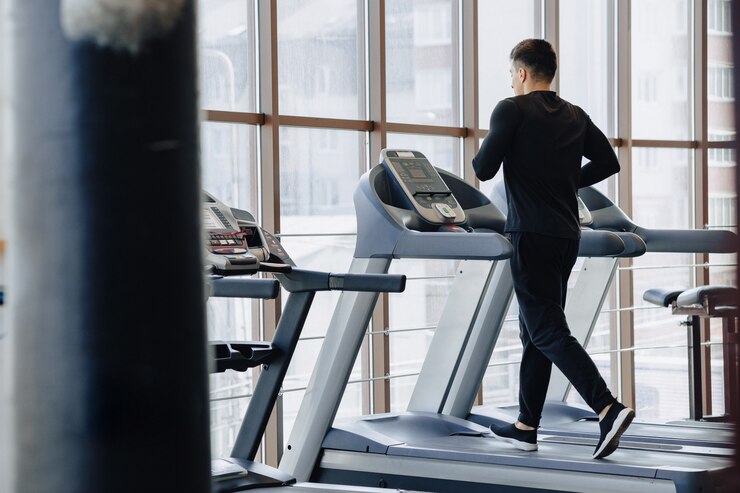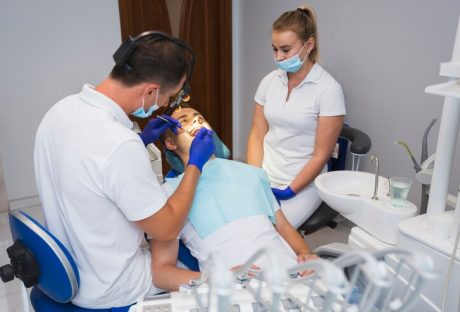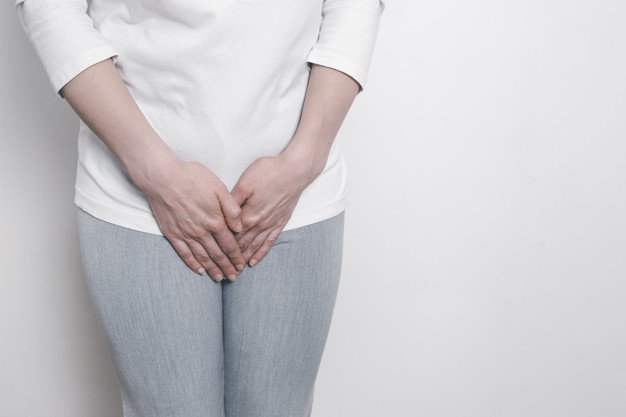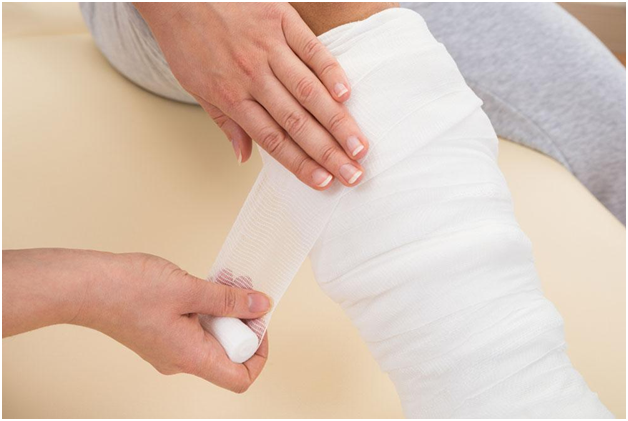Finding time for regular exercise can be a real challenge in our fast-paced world. Between work, family, and other commitments, it’s easy for fitness to take a back seat. But what if I told you that buying a treadmill could profoundly impact your life beyond just helping you break a sweat?
This blog explores how it can positively impact your overall well-being, spanning health and fitness, time and convenience, family and social life, and even financial savings when you buy a treadmill.
Health And Fitness
Let’s start with the most apparent aspect: a treadmill is a fantastic tool for improving physical health. The benefits are manifold, and they extend beyond mere calorie burning:
Caloric Expenditure
Treadmills offer a versatile platform for calorie expenditure. Whether you prefer a brisk walk, a steady jog, or a full-on sprint, you can adjust your workout to match your fitness level and goals. This versatility enables you to tailor your exercise regimen to your specific needs, whether you want to lose weight, maintain fitness, or build endurance.
Cardiovascular Health
The heart is a muscle; like any other muscle, it benefits from exercise. Regular treadmill workouts increase your heart rate and improve circulation, helping to prevent cardiovascular diseases. Reduced blood pressure and healthier cholesterol levels are additional perks of consistent treadmill use.
Endurance Enhancement
Your body adapts to the challenges you present, and a treadmill is an excellent tool for gradually increasing your stamina and endurance. Over time, you’ll find yourself capable of going longer and faster, whether training for a marathon or just aiming to keep up with your kids during a game of tag.
Stress Management
Exercise is a proven stress reliever. The release of endorphins during and after a workout can leave you feeling more relaxed, positive, and equipped to handle the challenges of daily life. With a treadmill, you can quickly de-stress and regain mental equilibrium whenever needed.
Time And Convenience
One of the most significant benefits of owning a treadmill is its unparalleled convenience. No more commuting to the gym or worrying about unfavorable weather conditions. Here’s how this newfound convenience can impact your life:
Time Efficiency
With a treadmill in your home, you can exercise whenever it suits your schedule. Say goodbye to the time wasted in traffic or waiting for your favorite machine at the gym. A quick 20-minute treadmill session before work or during your lunch break can be a game-changer for busy individuals.
Weather-Proof Workout
Rain, snow, or scorching heat will keep you from achieving your fitness goals. A treadmill provides a consistent, climate-controlled environment for your workouts. This eliminates excuses for inclement weather and ensures your fitness journey remains uninterrupted.
Privacy And Comfort
Some people may feel self-conscious or uncomfortable working out in front of others. With a treadmill at home, you can exercise in complete privacy, wearing whatever makes you feel most comfortable—no judgment, no distractions—just you and your fitness goals.
Family And Social Life
The impact of owning a treadmill extends beyond your health and well-being; it can positively influence your family and social life as well:
Family Fitness
Encourage your family members to join in on the fitness journey. A treadmill can be a fun and inclusive way to spend time together while staying active. Imagine family challenges to see who can run the most miles in a month or weekend “fun runs” in the comfort of your home. These shared experiences can strengthen family bonds and create lasting memories.
Social Connection
Many modern treadmills come equipped with built-in screens and connectivity features. You can take virtual running classes, compete with friends and family online, or watch your favorite TV shows or movies while working out. This makes exercise more engaging and social, allowing you to stay connected with loved ones or indulge in some much-needed entertainment while staying active.
Financial Savings
Beyond the numerous health and lifestyle benefits, owning a treadmill can lead to significant financial savings in the long run:
Gym Membership Costs
Over time, the cost of a gym membership can add up substantially. Investing in a treadmill will eliminate these recurring expenses, saving hundreds or even thousands of dollars each year. Your treadmill will pay for itself in the long run.
Healthcare Costs
Regular exercise is a proven way to reduce the risk of chronic diseases such as diabetes, obesity, and heart disease. Investing in your health through regular treadmill workouts may lower your long-term healthcare expenses, avoiding costly treatments and medications associated with preventable health issues.
Conclusion
Buying a treadmill can have a profound and far-reaching impact on your life. Invest, and watch how it transforms your life. Your health, well-being, and overall quality of life will thank you for it. So, take that first step and embark on a journey toward a healthier, more fulfilling life with a treadmill by your side.
Read Also:






















